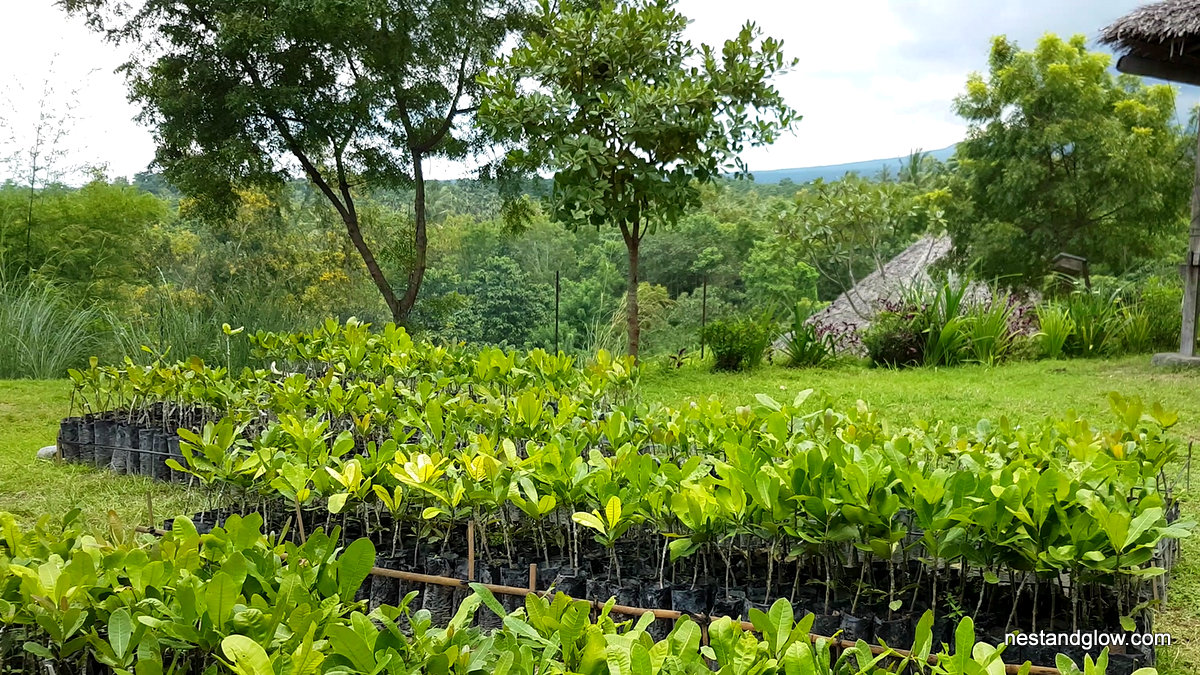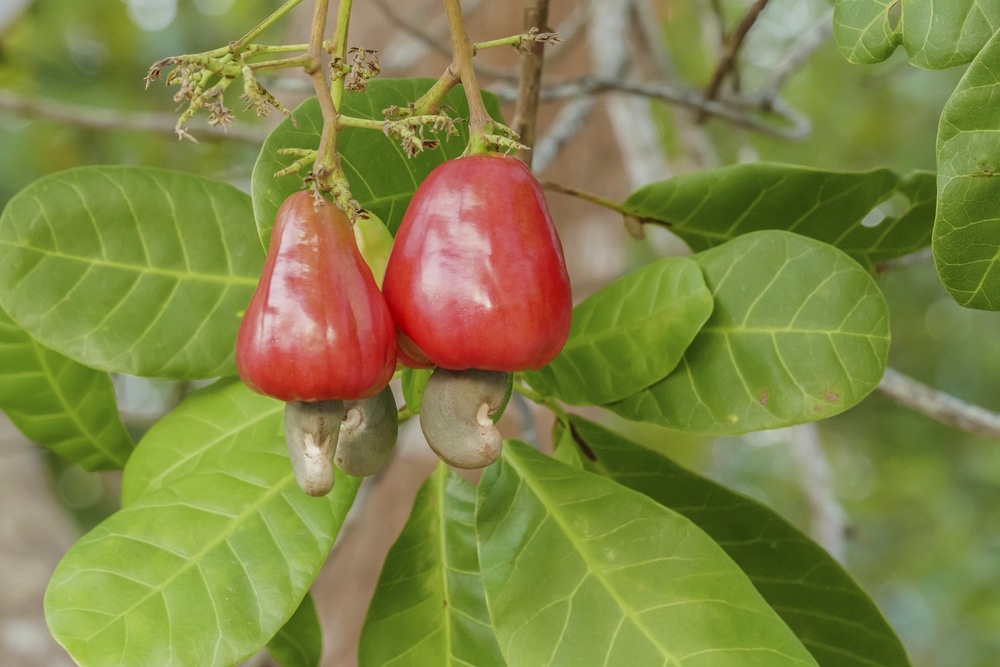


Almost all parts of the cashew tree are reported to have ethnomedicinal properties. The kernel of the cashew nut, the pseudofruit (cashew apple) and the leaves are edible. The cashew tree is a multipurpose species, and cashew products have a wide range of uses. However, it’s important to handle the cashew nut carefully as the shell contains a toxic oil that can cause severe allergic reactions. It is a hardy and adaptable plant that can thrive in a wide range of climates and can bring economic and ecological benefits. In conclusion, the cashew tree is a tropical evergreen tree that is known for its unique and delicious fruits, the cashew nut and cashew apple. Cashew tree ( Kaju tree) also has ecological benefits, it helps in erosion control, provides shade, and supports a wide range of wildlife. Cashew nuts are one of the most important cash crops for many countries in the tropical regions. The cashew nut is a great source of protein, healthy fats, and minerals such as magnesium and zinc.Ĭashew plant are also known for their economic and ecological benefits. This oil can cause severe allergic reactions if it comes into contact with the skin, so it is important to handle cashews with care and to always wear gloves when working with them. The cashew nut is the true fruit of the cashew tree, and it is encased in a hard shell that contains a toxic oil called urushiol. The cashew apple can also be eaten fresh, but it is quite perishable and must be consumed within a few days of being picked. It is rich in vitamin C and other antioxidants, and is often used to make juice, jams, and other preserves.

The cashew apple, which is the fleshy structure that grows at the base of the cashew nut, is typically bright red or yellow in color and is a popular fruit in many tropical regions. Or rather, the cashew nut is only a part of the cashew fruit. But the cashew nut is not the only fruit of the cashew trees. The leaves are glossy and dark green, and the tree produces small, fragrant, and creamy white flowers that bloom in the spring or summer.Ĭashews, as you know them, are nuts. The cashew nut tree grows to a height of up to 40 feet and has a spreading canopy of leaves that provide shade for the underlying plants. Almost all parts of the kaju tree are reported to have ethnomedicinal properties. It is known for its unique, kidney-shaped nuts that grow at the end of a fleshy, apple-like structure called a “cashew apple.” The cashew tree is a hardy and adaptable plant that can thrive in a wide range of climates, from tropical to subtropical regions. The cashew tree, also known as kaju tree, is a tropical low-branched, large leaves, evergreen and medium-sized tree that is native to Brazil.


 0 kommentar(er)
0 kommentar(er)
